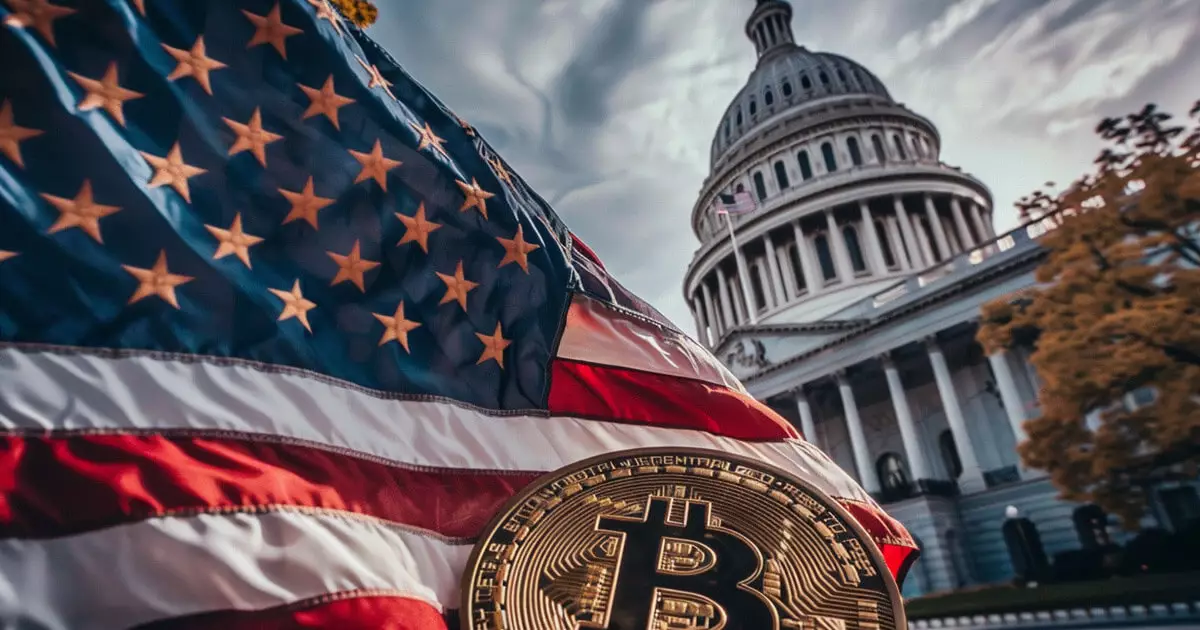The landscape of digital currencies, particularly stablecoins, is undergoing a pivotal moment as congressional leaders strive to establish regulatory frameworks. With calls for bipartisan consensus echoing from key figures, the urgency for comprehensive legislation on stablecoins is palpable. Central to this dialogue is Congresswoman Maxine Waters, who has emerged as a crucial advocate for a structured and secure approach to digital currencies.
During a recent House Financial Services Committee hearing, Waters articulated her views on the necessity for a bipartisan agreement to regulate stablecoins by the end of 2024. Citing the ongoing collaboration with Republican Rep. Patrick McHenry, the committee chair, Waters emphasized that both parties have made considerable concessions in pursuit of a legislative compromise. Her proposal goes beyond mere regulation; it incorporates essential consumer protections and prudent federal oversight aimed at safeguarding the integrity of the financial system amid the burgeoning digital currency market.
Waters highlighted the need for stablecoins to be anchored by secure reserves, such as short-term Treasury bills, to prevent destabilization. This insight aligns with broader concerns about the financial soundness of stablecoins, which have seen explosive growth but also pose significant risks if not appropriately regulated. The call for the Federal Reserve to assume a supervisory role reinforces this notion, advocating for a structure akin to regulatory frameworks seen in other nations that have successfully navigated the digital currency revolution.
Despite the optimism expressed by Waters and McHenry, the path to effective legislation is riddled with obstacles. The committee’s efforts to pass regulations have been stymied by fundamental disagreements over whether state regulators should possess the authority to approve stablecoin initiatives independent of federal oversight. Waters has described this provision as “deeply problematic,” suggesting that it could lead to inconsistencies and regulatory arbitrage across states.
The urgency for legislation grows as the legislative session nears its conclusion, prompting discussions about other significant bills that could complement the stablecoin framework. McHenry has indicated that his separate crypto market structure bill, known as FIT21, may gain traction as Congress stirs into action, adding another dimension to the regulatory landscape for digital assets.
An essential component of this regulatory discussion is the involvement of the Securities and Exchange Commission (SEC). During the hearing, multiple SEC commissioners, including Chair Gary Gensler and Commissioner Hester Peirce, were called to elucidate the agency’s stance on digital assets. The SEC has faced criticism for what Republican lawmakers characterized as “regulation by enforcement,” prompting questions about its capacity to produce clear and coherent regulatory guidance for the digital asset sector.
Peirce’s remarks underscored the frustrations surrounding the SEC’s approach, particularly her assertion that the agency possesses the capability to provide clear guidelines yet has not exercised this authority. The ambiguity surrounding token classification has contributed to market confusion, with Peirce asserting that clarifying the nature of tokens—specifically, that they are not necessarily securities—could facilitate secondary sales and platform listings, thereby enhancing market transparency.
Looking ahead, the interplay of congressional efforts, SEC regulation, and industry dynamics will shape the future of stablecoins and digital assets. As Congress races against time to enact significant legislation, the livelihoods of investors, the stability of financial markets, and the growth of innovative technologies hang in the balance. Legislators must prioritize consensus-building and thoughtful oversight to ensure a balanced approach that promotes innovation while protecting consumers.
The path toward effective stablecoin regulation is complex and fraught with challenges. However, the renewed commitment from bipartisan leaders like Waters and McHenry presents a unique opportunity to establish a regulatory framework that not only enhances the security of stablecoins but also fosters clarity in the broader digital asset ecosystem. As discussions continue and legislative deadlines loom, the commitment to finding common ground will be crucial in navigating the intricate landscape of digital finance.

